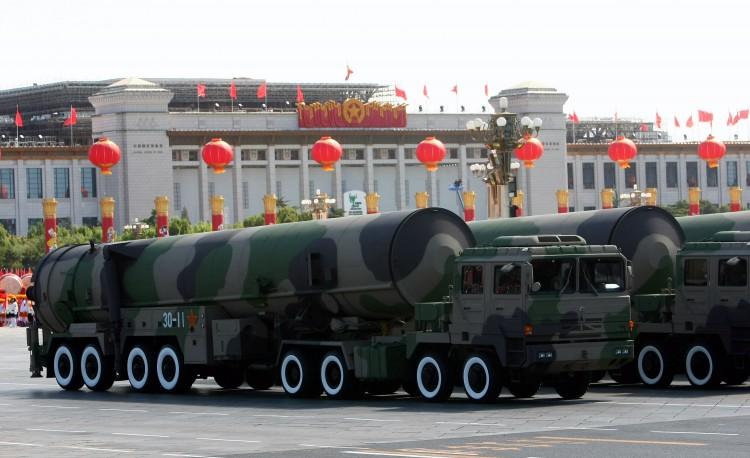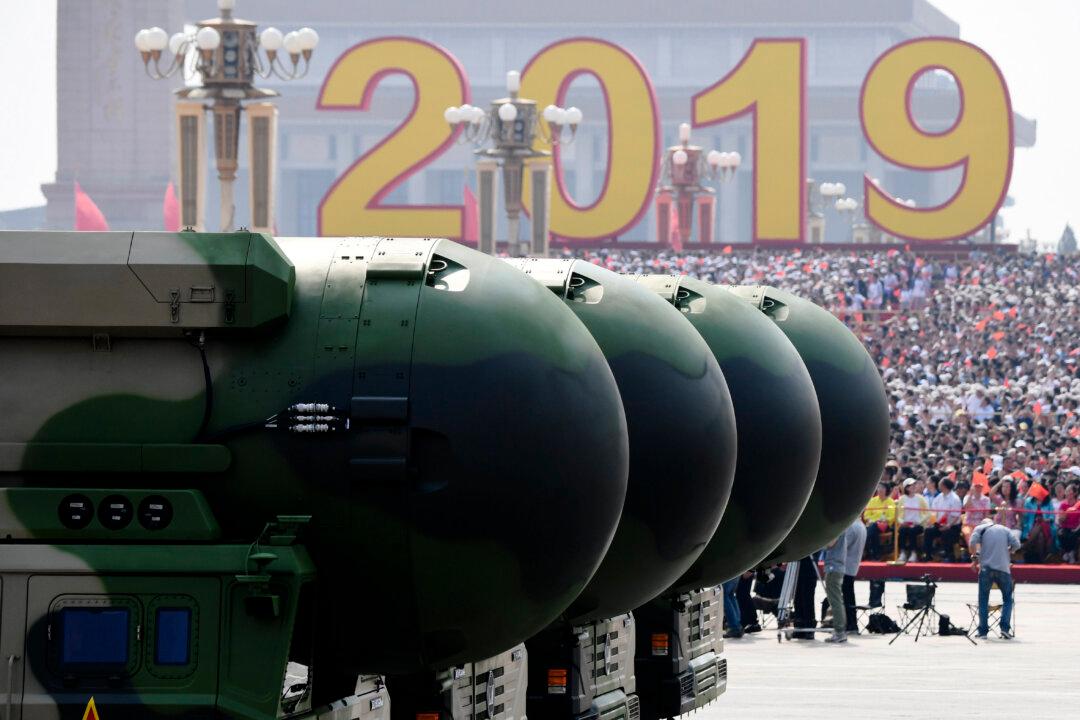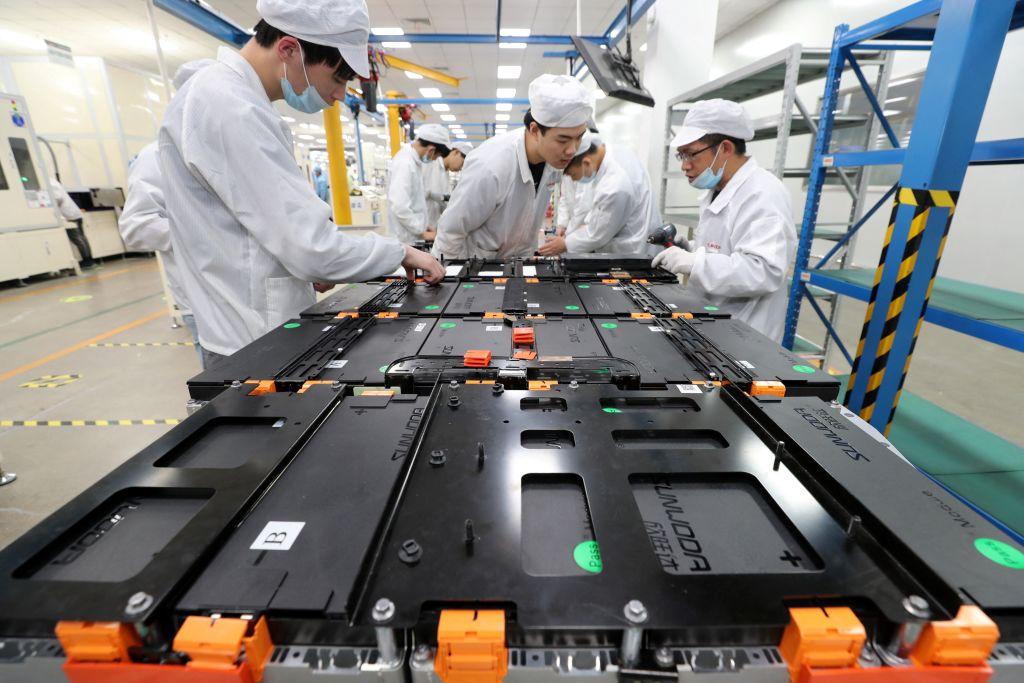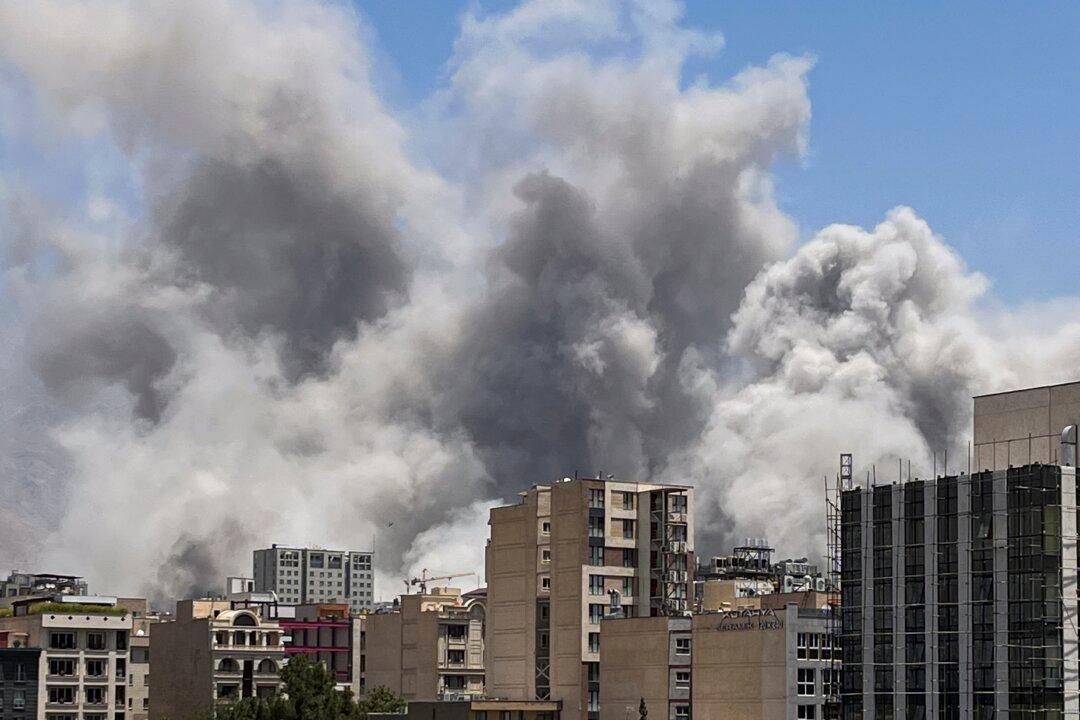When Hou Minjun, commander of an armored unit in the Chinese military’s 27th Army, was ordered to drive his troops on a nine-day trip during a training exercise in Inner Mongolia, he lost over half his force in the event.
In the first 48 hours of the 2013 North Sword 1405 exercise, Hou looked on as all 40 tanks in his battalion broke down one after another.
Only 15 could be repaired and continue the 145-mile march, as reported by a People’s Liberation Army (PLA) news service.
Despite simulating a noncombat situation, the battalion lost virtually all of its equipment in an experience that Hou, who has served for 32 years, described as “painful.”
The North Sword 1405 debacle is indicative of the challenges facing China’s officers. Despite the Chinese regime’s recent efforts to carry out broad changes and upgrades, many cracks in the PLA persist in the quality of its personnel training and equipment, according to experts and reports.
Obsolete and Mismatched Tanks
Hou’s experience in the North Sword exercise is not surprising. Of thousands of tanks currently in service with the PLA, the overwhelming majority are variants of the T-55, a Soviet design first produced shortly after World War ll. Upgrades and retrofits have extended the lifespan of this successful weapon, but after over 60 years of service, the design simply does not fit in a modern arsenal.





